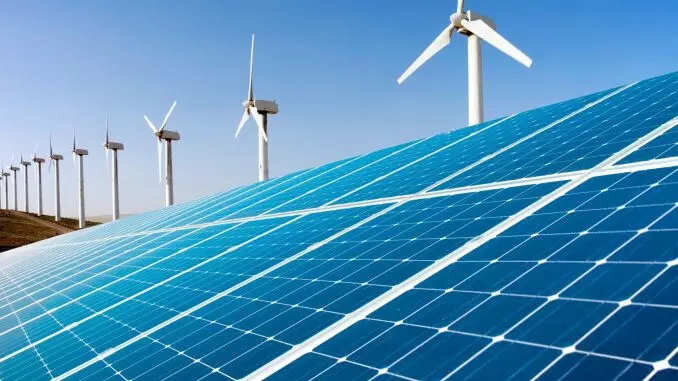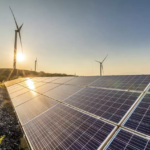Launched initially in March 2019 and further expanded in September 2023, the PM-KUSUM Scheme aims to provide affordable and accessible power to farmers throughout India.
In a recent update provided by the Union Minister for New & Renewable Energy and Power, R.K. Singh, it has been revealed that the Pradhan Mantri Kisan Urja Suraksha evam Utthaan Mahabhiyan (PM-KUSUM) Scheme has successfully facilitated the installation of more than 2.95 lakh standalone off-grid solar water pumps across the country.
Launched initially in March 2019 and further expanded in September 2023, the PM-KUSUM Scheme aims to provide affordable and accessible power to farmers throughout India. The primary objectives of the scheme include reducing dependence on diesel in the agricultural sector, ensuring energy and water security for farmers, boosting their income, and mitigating environmental pollution.
In his written reply to a question in Lok Sabha, Minister Singh highlighted the substantial progress made under the PM-KUSUM Scheme, underscoring its significant impact on enhancing renewable energy infrastructure and empowering farmers nationwide.
Under the scheme, there are three main components:
Component ‘A’: Setting up 10,000 MW of Decentralized Ground/Stilt Mounted Grid Connected Solar or other Renewable Energy based Power Plants by farmers on their land.
Component ‘B’: Installation of 14 lakh standalone off-grid solar water pumps.
Component ‘C’: Solarization of 35 lakh existing grid-connected agriculture pumps through individual pump solarization and feeder level solarization.
Financial assistance is available for all farmers across the country based on the scheme guidelines. The progress made under PM-KUSUM as of January 31, 2024, indicates significant strides in achieving these targets, with installations underway in various states across India.
The scheme offers procurement-based incentives to DISCOMs for purchasing solar or other renewable power, with a total incentive of INR 33 lakh per MW over five years. Additionally, farmers receive financial support for the installation of solar pumps and solarization of agricultural pumps, with the central government contributing 30 percent to 50 percent of the benchmark cost depending on the region.
Source : Energetica India











Recent Comments